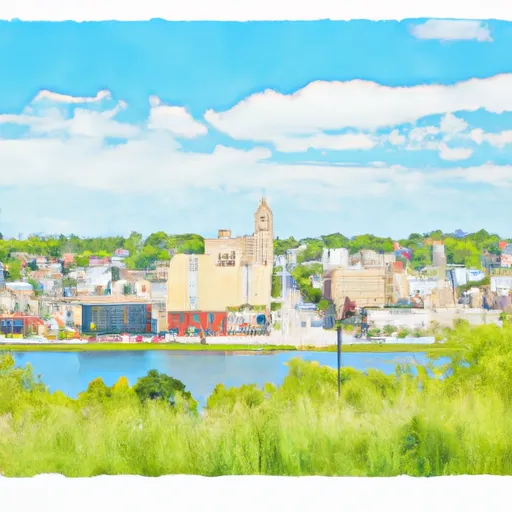°F
°F
mph
Windspeed
%
Humidity











Located in Green Lake County, Kingston is a small village in Wisconsin that offers a pleasant climate throughout the year. The region experiences a continental climate with warm summers and cold winters. Summers are generally mild and pleasant, with average temperatures ranging from 70°F to 80°F. Winters can be cold, with average temperatures ranging from 20°F to 30°F, often accompanied by snowfall.
Hydrologically, Kingston is situated near the picturesque Big Green Lake, the deepest natural inland lake in Wisconsin. The lake serves as a prominent hydrological constituent, providing numerous opportunities for outdoor recreation. Fishing enthusiasts can enjoy catching a variety of fish species, including walleye, bass, and trout. Boating, kayaking, and swimming are popular activities on the lake during the summer months. The surrounding area also offers opportunities for hiking, camping, and birdwatching in nearby parks and nature preserves.
Overall, Kingston, Wisconsin offers a pleasant climate with distinct seasons and access to the beautiful Big Green Lake, making it an ideal destination for outdoor enthusiasts and nature lovers.
Weather Forecast
Kingston receives approximately 859mm of rain per year, with humidity levels near 81% and air temperatures averaging around 8°C. Kingston has a plant hardyness factor of 5, meaning plants and agriculture in this region thrive during a short period during spring and early summer. Most plants will die off during the colder winter months.
Regional Streamflow Levels
67
Cubic Feet Per Second
6,600
Cubic Feet Per Second
4,700
Cubic Feet Per Second
1,720
Cubic Feet Per Second
Nearby Camping
| Camping Area | Reservations | Toilets | Showers |
|---|---|---|---|
| Big Biloxi Rec Area | |||
| Keesler AFB Military | |||
| Fairley Bridge Landing | |||
| Shields RV Military - Gulfport NCB | |||
| Moodys Landing | |||
| Cypress Creek Landing |



